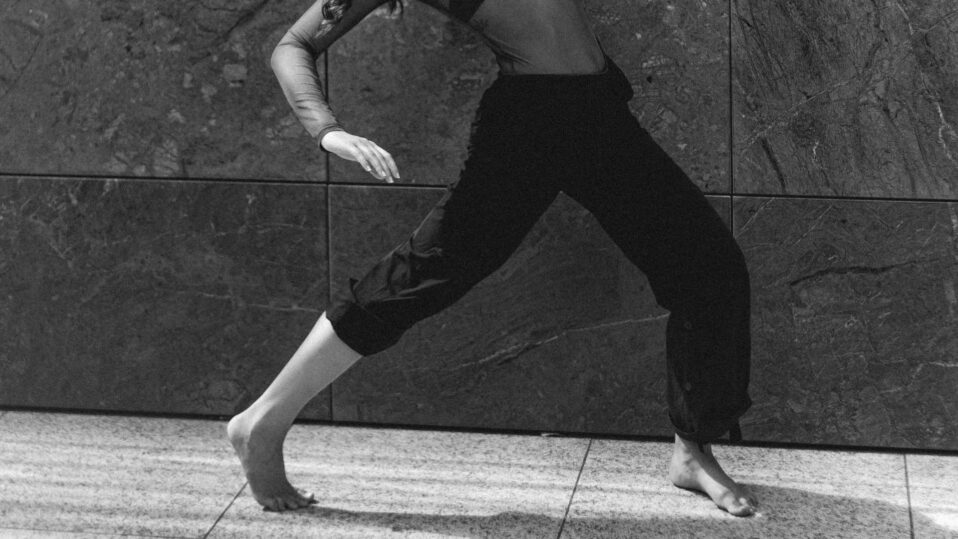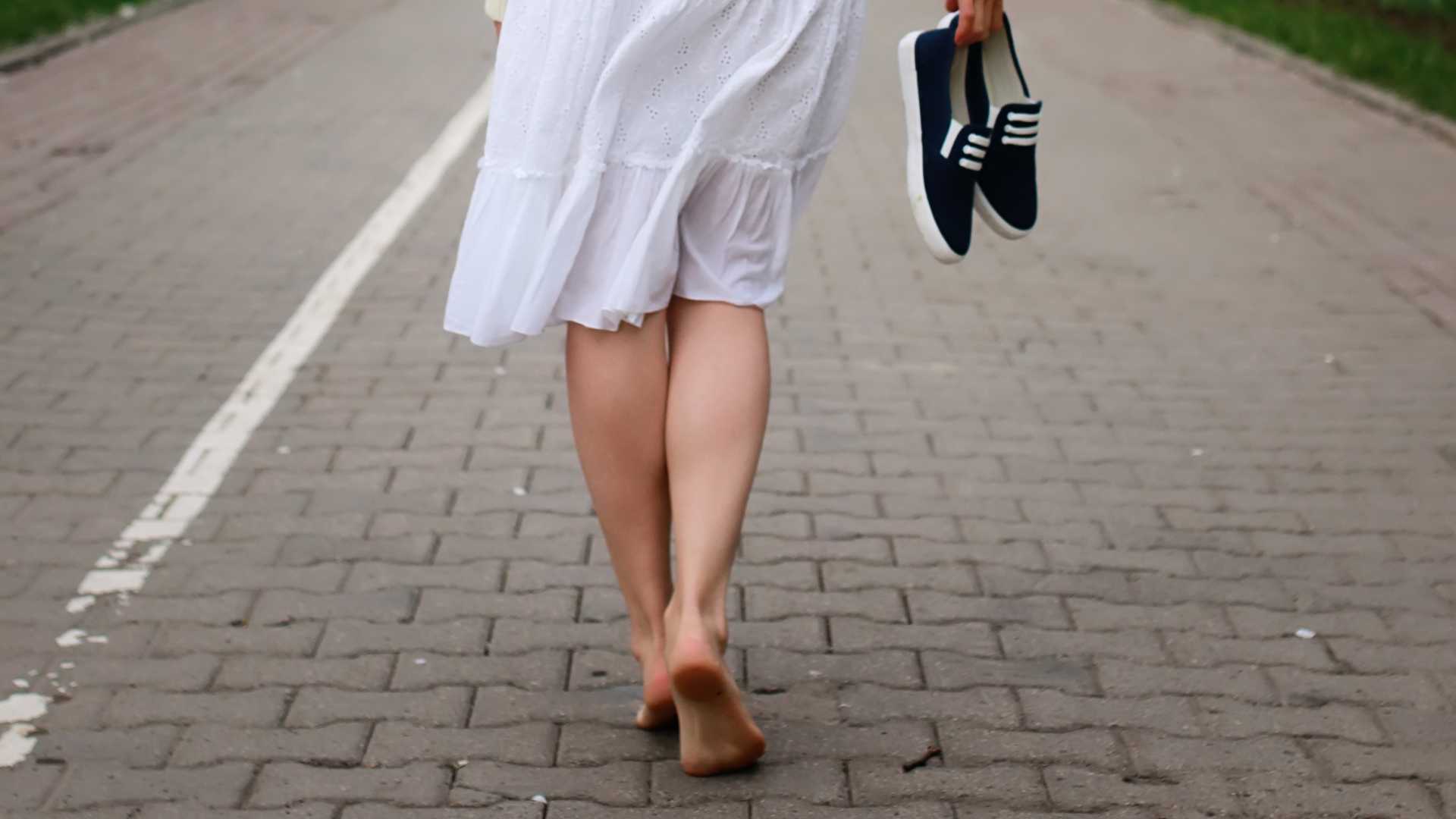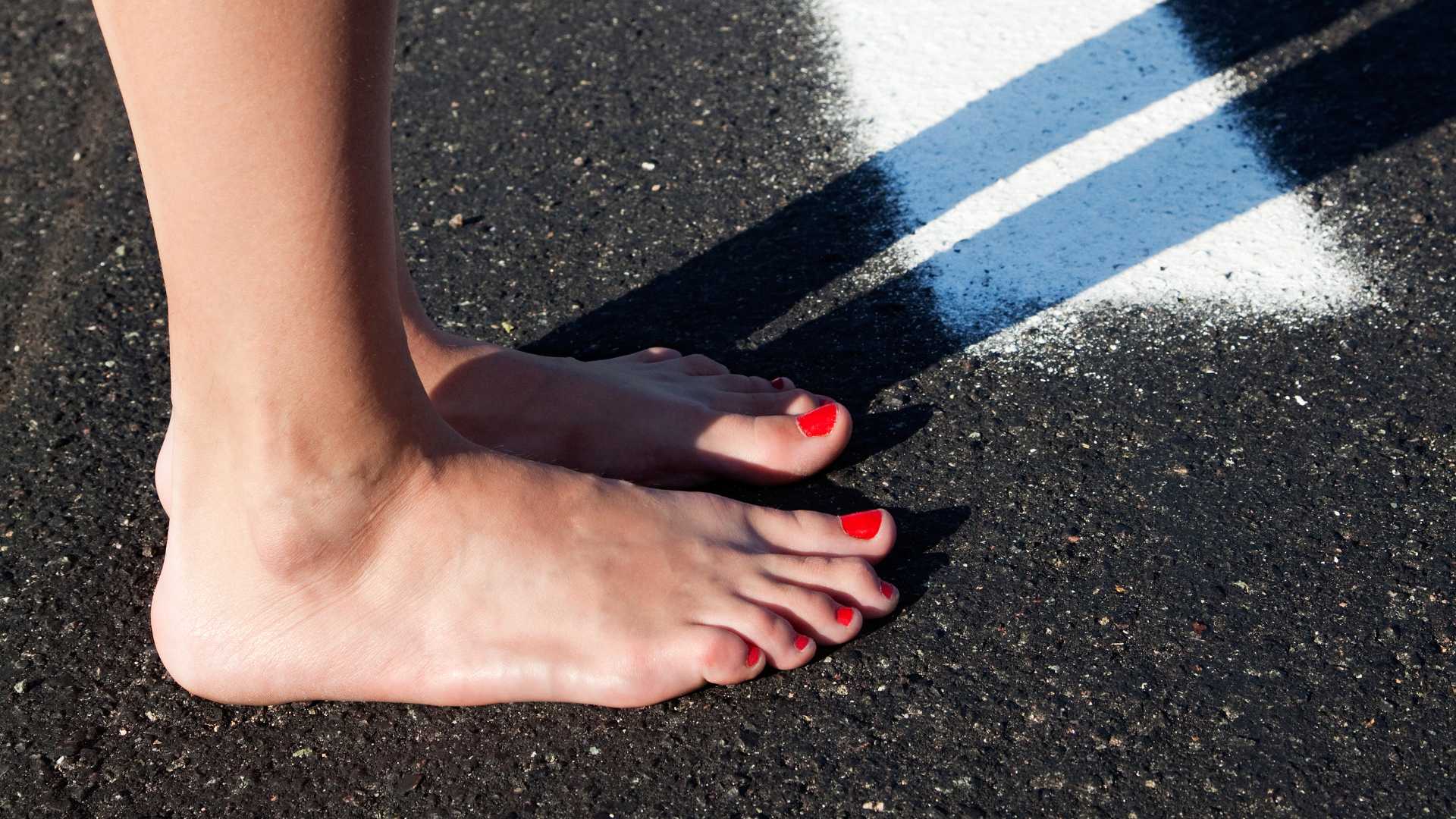The surprising benefits of walking barefoot in an urban environment

In recent years, the practice of walking barefoot, otherwise known as ‘earthing’, has surged in popularity. For many of us, the thought of discarding our shoes and feeling the earth beneath our feet seems nostalgic, akin to the carefree days of our childhood. But is there more to this practice than just the whimsical connection to nature? Our ancestors walked barefoot for thousands of years, and recent studies suggest that reconnecting with this practice may offer a plethora of health and body benefits.
- 1 The History of Footwear and its Impact on our Feet
- 2 The Connection Between the Feet and the Body
- 3 Walking Barefoot and Bodily Health
- 4 The Psychological Benefits of Walking Barefoot
- 5 Walking Barefoot in Urban Environments
- 6 Embracing Minimalist Footwear for Urban Barefoot Walking
- 7 The Worldwide Phenomenon of Barefoot Walking
The History of Footwear and its Impact on our Feet
The use of footwear has evolved over time, from rudimentary sandals made of woven grass or rawhide strips, to the sophisticated designs we see in shoe stores today. This evolution was driven by the need for protection against harsh environmental conditions and terrain. However, this cultural shift has also changed the way our feet function, often to the detriment of our health.
According to a study conducted at Harvard University, traditional shoes can alter the biomechanics of our feet, leading to a variety of foot ailments such as bunions, hammertoes, and plantar fasciitis. When we wear shoes, we tend to hit the ground with our heels first – a walking pattern that can cause increased impact stress on our joints. Conversely, when we walk barefoot, we naturally land on the balls of our feet, decreasing the impact on our body and reducing the risk of injury.
The Connection Between the Feet and the Body
Our feet are complex structures, comprised of 26 bones, 33 joints, and more than 100 tendons, muscles, and ligaments. They are the foundation of our body, directly influencing our postural alignment, balance, and overall body function.
When we walk barefoot, we engage the smaller muscles in our feet, improve our balance and proprioception (awareness of our body in space), and stimulate the numerous nerve endings in our feet, which play a crucial role in the body’s natural biomechanics. This engagement not only strengthens our feet but also fosters a better body alignment, reducing strain on our joints, muscles, and spine.
Walking Barefoot and Bodily Health
Walking barefoot does not only impact our feet and body alignment. It can also contribute significantly to our overall health. One of the main benefits of barefoot walking is the grounding or ‘earthing’ effect. The earth has a mild negative charge, and over time, our bodies build up a positive charge. Direct contact with the earth can help neutralize this charge and reduce inflammation and free radicals in our body.
Furthermore, walking barefoot can also help improve sleep, reduce stress and anxiety, and increase antioxidants in our bodies. A study found that grounding can have an impact on the diurnal rhythms of the hormone, cortisol, which is typically associated with stress and inflammation. Participants who were grounded during sleep had reduced night-time levels of cortisol and overall stress, leading to better sleep and recovery.
The Psychological Benefits of Walking Barefoot
Aside from the physical benefits, walking barefoot can also offer significant mental and psychological benefits. There’s a sense of liberation that comes from the feel of the earth under our feet, a freedom that can be deeply therapeutic.
A study published in the Journal of Environmental Psychology found that direct contact with nature, like walking barefoot on grass, can produce a state of mindfulness, helping us be more present and aware. This grounding effect can help reduce feelings of stress and anxiety and promote a sense of calm and well-being.
Walking Barefoot in Urban Environments
While walking barefoot in nature may seem more appealing, don’t discount the benefits of barefoot walking in urban environments. Urban earthing, although a bit unconventional, is a practical way to incorporate barefoot walking into your daily routine.
Walking barefoot in urban settings can help strengthen and adapt your feet to varied terrains, improving your balance and proprioception. The diversity of textures, temperatures, and surfaces can stimulate the nerve endings in your feet, providing a type of ‘foot massage’ and increasing overall foot health.
Remember that the initial transition to barefoot walking, especially in an urban environment, should be gradual to allow your body adequate time to adapt and prevent injury. Start by incorporating short barefoot walks into your routine, and gradually increase the duration as your feet become stronger and more accustomed.
In conclusion, walking barefoot, whether in nature or an urban environment, offers an array of benefits, from improved foot health and body alignment to stress relief and a greater sense of connection with the environment. So why not give it a try? Kick off your shoes, feel the ground beneath your feet, and experience the surprising benefits for yourself.
Embracing Minimalist Footwear for Urban Barefoot Walking
If the thought of walking barefoot on city streets makes you cringe, there’s an alternative. Embracing minimalist footwear can be a great way to ease into the practice of urban earthing. Minimalist shoes, also known as barefoot shoes, are designed to mimic the sensation of walking barefoot while providing a thin layer of protection against rough surfaces and potential hazards.
Minimalist footwear is designed to respect and enhance the natural mechanics of our feet. Unlike traditional shoes, which often have a raised heel and a narrow toe box, minimalist shoes have a flat sole and a wide toe box, allowing your toes to spread out and move naturally. This design promotes a more natural gait and encourages you to land on the balls of your feet, reducing the impact on your body and providing the benefits of walking barefoot.
With minimalist shoes, you can experience the feel of different surfaces under your feet, from the cool cement of a sidewalk to the textured asphalt of a road. This can stimulate the nerve endings in your feet and improve your balance and proprioception. Furthermore, minimalist shoes can offer an excellent compromise for those who aren’t ready to go completely barefoot but want to reap the benefits of barefoot walking.
The Worldwide Phenomenon of Barefoot Walking
The practice of walking barefoot isn’t just a trend; it’s a worldwide phenomenon that spans cultures and continents. In South Africa, for example, many children grow up walking barefoot, and studies suggest this habitually barefoot lifestyle can lead to improved foot mechanics and motor performance.
Meanwhile, in countries like Finland and New Zealand, going barefoot is a common practice not just in rural areas, but also in urban settings. This widespread acceptance of barefoot walking speaks to its potential benefits and its viability as a natural and healthy lifestyle choice.
The global popularity of walking barefoot and the emergence of minimalist footwear demonstrate a growing recognition of the importance of connecting with our environment and listening to our bodies. Whether you decide to walk barefoot in nature or in the city, with or without minimalist shoes, remember that this practice is about more than just physical health. It is about re-establishing a more natural and mindful way of moving through the world, one step at a time.
In a world where we are constantly strapped into shoes, the concept of walking barefoot, especially in an urban environment, might seem unusual. However, the numerous health benefits, both physical and mental, make it a practice worth considering. Apart from improved foot health and body alignment, walking barefoot can bring about stress relief, better sleep, and a heightened sense of connection with our surroundings.
While the initial transition might be uncomfortable, minimalist footwear can provide a helpful bridge between the familiar comfort of wearing shoes and the new experience of going barefoot. Globally, from South Africa to Finland, more and more people are benefiting from this practice, a testament to its effectiveness.
So, why not give it a chance? Kick off your shoes, embrace the unusual, and let the ground beneath your feet guide you towards improved health and a deeper connection with your environment. After all, the benefits of walking barefoot can be a pleasant surprise, just waiting to be discovered.


